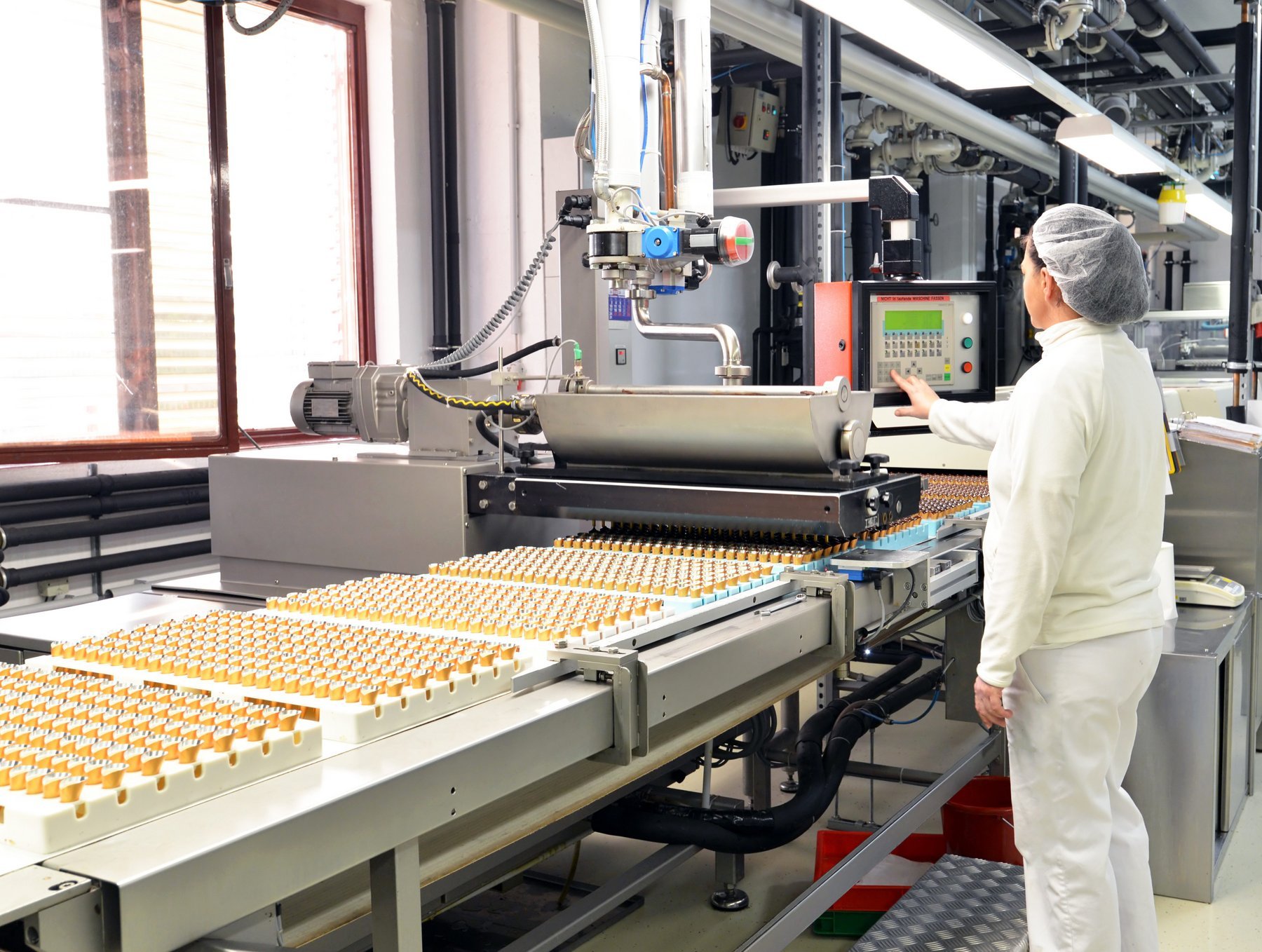Lately, the idea of the smart factory has risen as a transformative force in the industrial sector, combining cutting-edge technology with innovative practices. As industries encounter growing demands for productivity and eco-friendliness, smart factories are leading the charge by incorporating eco-conscious design principles into product development. This evolution is not just redefining how products are conceived and made but also addressing critical environmental concerns that our planet faces today.
These modern manufacturing environments leverage robotics, data analytics, and networking to enhance processes, reduce waste, and lower energy expenditure. By adopting sustainability in product design, smart factories are forging a path for a more responsible approach to production, where the entire lifecycle of a product is carefully considered from the very beginning. As we explore the breakthroughs driving this transformation, it becomes clear that the next era of manufacturing lies in a harmonious balance between technology and environmental stewardship.
The Role of Smart Technologies in Sustainable Manufacturing
Smart technologies are dramatically reshaping manufacturing processes, integrating sustainability at each stage of product design. The use of the connected devices, machine learning, and advanced robotics allows for real-time oversight and assessment of production systems. This information-centric approach enables manufacturers to improve resource usage, cut waste, and curtail energy consumption, which creates a more productive and sustainable production environment. Manufacturers can now identify inefficiencies and apply corrective measures that directly play a role in a reduced environmental footprint.
The use of smart technologies not only simplifies operations but also enhances the ability to design sustainable products. For case in point, cutting-edge design applications equipped with modeling features allows engineers and designers to generate products that use fewer materials without compromising quality. This ensures that the end products are not only groundbreaking but also sustainable. Additionally, these tools enable the evaluation of product life cycles, letting manufacturers to make informed decisions about materials, manufacturing processes, and end-of-life scenarios.
Furthermore, smart technologies foster collaboration within the supply chain, allowing stakeholders to unite in achieving sustainable practices. With data sharing and communication platforms, companies can harmonize their sustainability goals, track performance metrics, and share best practices. This unified approach increases the impact of sustainable design, encouraging a shift towards circular economy principles in manufacturing. As industries integrate these smart solutions, the integration of sustainability into product design becomes not just a goal but a fundamental part of operational strategy.
Groundbreaking Substances for Eco-Friendly Item Development
The emergence of intelligent factories has brought about a new era of eco-friendliness in item development, largely driven by the adoption of innovative resources. These substances are not only designed for minimizing ecological footprint but also enhance product performance and customer desire. Biodegradable plastics made from recyclable resources, such as corn starch or sugarcane fibers, are gaining popularity as options to classic petrochemical-based plastics. These substances break down naturally, contributing to a circular economy and significantly less landfill waste.
Another thrilling development in sustainable item creation is the use of repurposed substances. Advanced factories are equipped with advanced processing systems that allow for the effective recycling of waste products into top-notch materials. For example, upcycled aluminum and glass are increasingly being incorporated into item creations, reducing the demand for virgin materials and minimizing energy consumption during production. This practice not only lowers the carbon footprint of manufacturing but also supports resource conservation, aligning with the eco-friendly objectives of modern customers.
Finally, the investigation of plant-based resources derived from vegetation and other organic sources is changing product development. Advancements such as mushroom-based composites and hemp offer strong, lightweight options to traditional resources. These plant-derived options are eco-friendly and significantly less damaging to the environment, promoting a more sustainable product life for goods. As smart factories continue to develop, the integration of these groundbreaking substances into production processes will open doors to a greener future in product design that meets both functional and environmental demands.
Case Studies: Effective Implementations of Smart Factory Solutions
One remarkable example of a smart factory effectively integrating sustainability is Siemens' site in Amberg, Germany. This plant employs advanced automation and data analytics to enhance production processes and reduce waste. By leveraging real-time monitoring systems, Siemens has substantially cut down on energy consumption and resource waste, achieving a notable decrease in carbon emissions. The factory's ability to respond to changing production needs while maintaining slight environmental impact highlights the effectiveness of smart manufacturing techniques.
Another noteworthy case is the Philips production site in Drachten, Netherlands. Philips has embraced various smart technologies, such as Internet of Things tools and artificial intelligence, to enhance resource efficiency. The facility prioritizes the circular economy by repurposing materials and minimizing waste throughout the product lifecycle. This strategic approach not only reinforces Philips’ commitment to sustainability but also sets a benchmark for other manufacturers looking to innovate in product design while being environmentally conscious.
Lastly, Toyota’s state-of-the-art automotive plant in Georgetown, Kentucky, demonstrates how smart factories can encourage sustainable practices. product design and manufacturing integrates robotics and machine learning to enhance production and reduce its environmental footprint. Through the implementation of lean manufacturing principles, Toyota has optimized efficiency and minimized excess material use. The company's commitment to sustainable design is evident in its efforts to produce hybrid and electric vehicles, showcasing how smart factories can play a crucial role in shaping a greener automotive industry.

